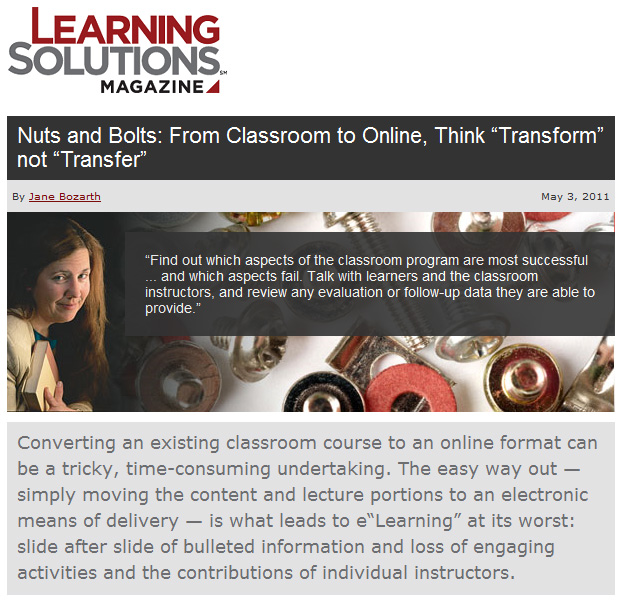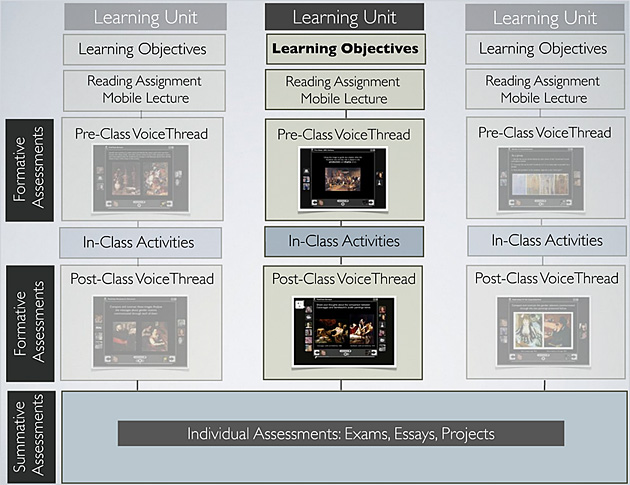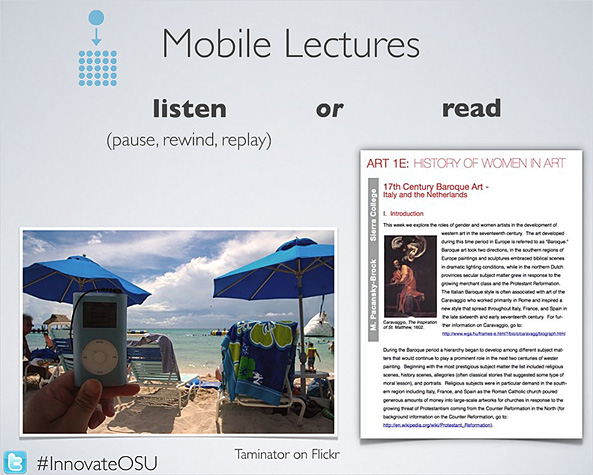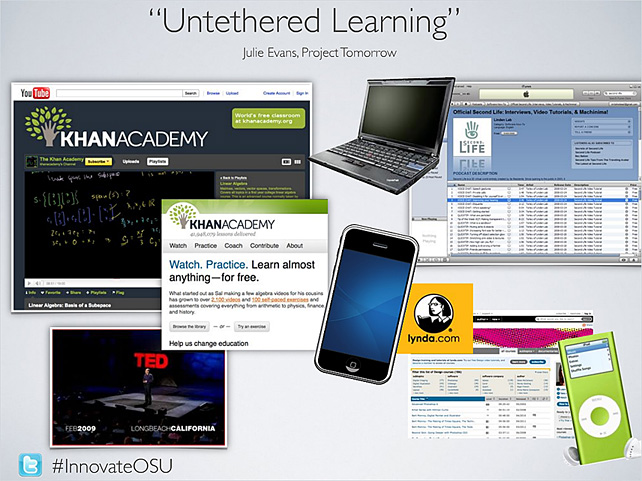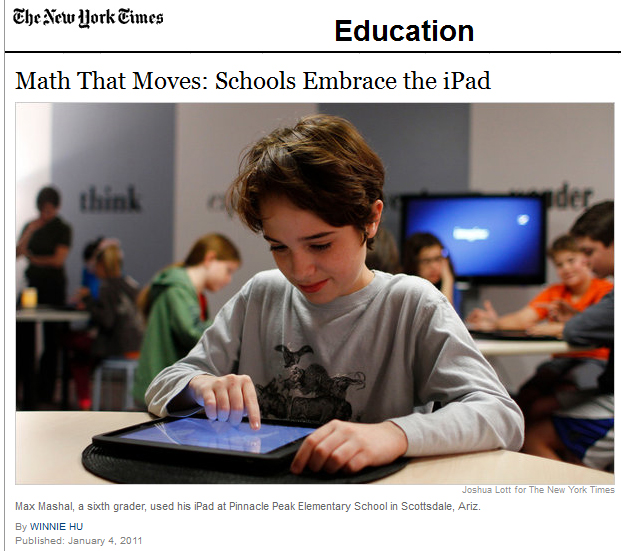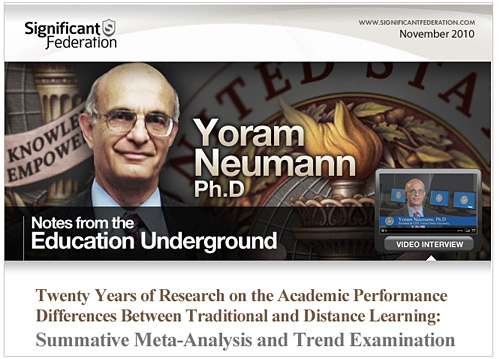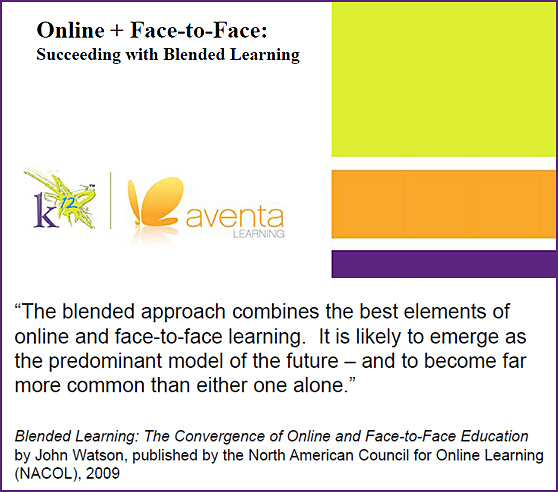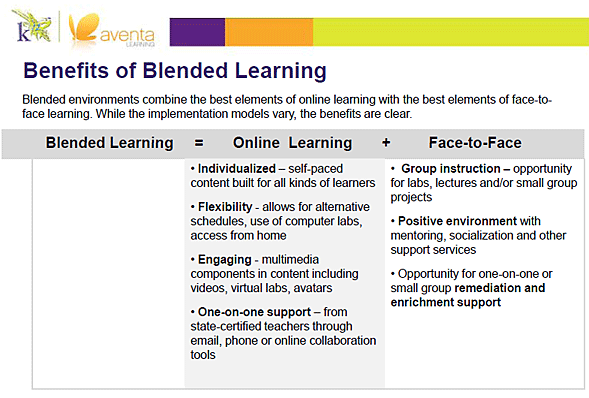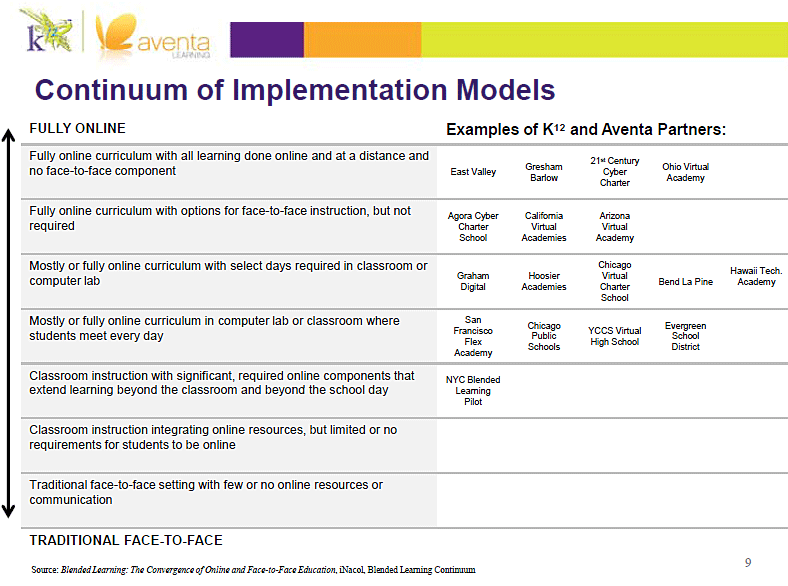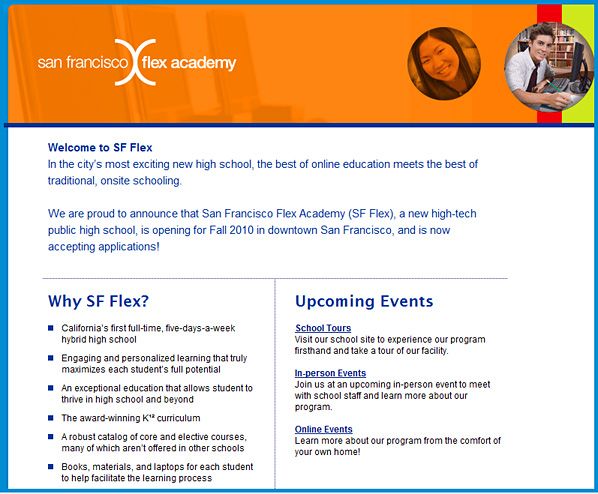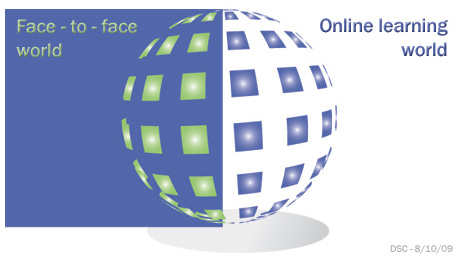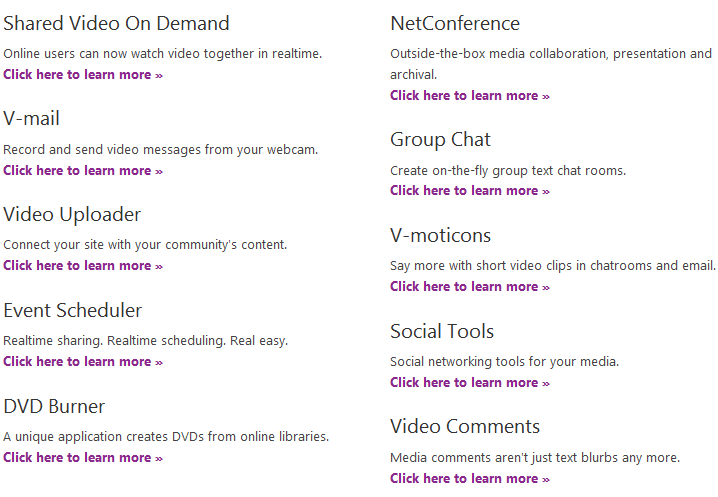From DSC:
Not that I’m on board with everything here…but the following excerpt from Rethinking colleges from the ground up — from the World Future Society by Thomas Frey — is worth reflecting upon; and so are some of the questions listed at the bottom of this posting.
(NOTE: You may need to be a member to access this article in its entirety; emphasis DSC)
So What’s Changed
The obvious question to start with is simply, “What’s changed?”
Why is it that an education system that has produced some of the world’s top scientists, engineers, and business executive is no longer good enough to serve today’s young people?
The answers can be found in the following five areas:
- From information poor to information rich
- Fierce competition
- The cost to benefit ratio is changing
- New times require new intelligence
- Shift from individual intelligence to group intelligence
The following are but a few of the reasons why changing times demand different solutions…
…
Colleges are being pushed in a number of directions but the big dividing points will be oriented around in-person vs. online, and for the in-person side of the equation, doing the things in-person that cannot be done through online education.
Also see:
- Education and the New Normal — The WorldFuture 2011 Education Summit | July 7-8, 2011 | Sheraton Vancouver Wall Centre Hotel, Vancouver, BC, Canada
What does the “new normal” of shrunken classroom budgets, greater reliance on information technology and the ongoing science and math skills shortage mean for the future of education? Join fellow futurists this summer in Vancouver to solve these and other questions during our two-day WFS-exclusive Education Summit. This year’s speakers include FUTURIST magazine authors Maria H. Andersen, David Pearce Snyder, and Tom Lombardo among many others.
Sessions include:
- Defining the “New Normal” for Education
- Education as a Service
- Where’s the “Learn This” Button?
- Learning in Depth: A Simple Innovation That Can Transform Schooling
- A New Education Vision: Reinventing School-to-Employment Systems for Knowledge-Based Global Economies
- The New Tech Network
- Jump-Start Your Career as a Foresight Educator
- Reinventing Educational Activism by Creating Linkages: Technology, Content-Driven Collaboration, and Financial Literacy
- A New Century: A New Instructional Paradigm
- Educating the Wise Cyborg of the Future
- Deconstructing the Education Monopoly in the United States
- Futurists and the Future of Education
WorldFuture 2011 Education Summit: $295 for WFS members/$345 for nonmembers. Learn more and register here.
A question of balance — by Clive Sheperd
Excerpt:
The issue, as ever, is getting the balance right between taking advantage of new developments as they come available, while continuing to exploit the potential of long-standing approaches.
Online learning set for explosive growth as traditional classrooms decline — From CampusTechnology.com by David Nagel
Excerpt:
By 2015, 25 million post-secondary students in the United States will be taking classes online. And as that happens, the number of students who take classes exclusively on physical campuses will plummet, from 14.4 million in 2010 to just 4.1 million five years later, according to a new forecast released by market research firm Ambient Insight (emphasis DSC).
Blended and Online Learning Growth
The report, “The US Market for Self-paced eLearning Products and Services: 2010-2015 Forecast and Analysis,” predicted a five-year compound decline of 22.08 percent per year in students attending traditional classrooms exclusively. The number of post-secondary students taking some (but not all) classes online will grow at a compound annual rate of 11.08 percent over the same five-year period, from 12.36 million in 2010 to 21.13 million in 2015. But the real growth will be seen among students taking classes exclusively online. Ambient predicted a five-year compound annual growth rate (CAGR) of 23.06 percent in that area, from 1.37 million in 2010 to 3.86 million in 2015.
e-learning outlook for 2011 — from Tony Bates
Tony discusses course redesigns, mobility, open educational resources (OER), multimedia, learning analytics, and shared services.

.
From DSC:
If you doubt that…read on…
The New Normal: Universities Sponsoring Online High Schools — from EdReformer.com
K12 announced today that they are partnering with George Washington University to launch The George Washington University Online High School. This private high school will serve students from the US and countries around the world January 2011.
Students are constantly trying to find options that will set them apart from others and participating in this rigorous college preparatory program could be the key. In addition to the curriculum, students who attend an online high school connected to a University such as GWUOHS will have college counseling, personalized learning tools, test preparation, even guidance through the scholarship process.
GWU is not the only university sponsoring online high schools. Stanford has the EPGY Online High School. University of Missouri High School and The University of Oklahoma offer year-round and dual enrollment courses. Whether public or private schools, the possibilities are endless for students. Training for sports, starting a business, volunteering, working in the arts, all can become easier by signing in to your online courses from the nearest computer.
Through major universities in partnership with online providers, students are reaping the benefits of university resources online high schools. It is interesting that we do not see this type of partnership more often.
MIT tries new approach for some OpenCourseWare (OCW) — from The Chronicle by Jeff Young
New MIT OpenCourseWare Initiative Aims to Improve Independent Online Learning — from the NYT by Aurey Watters of ReadWriteWeb
MIT OpenCourseWare is launching five new courses today that mark a new model for one of the world’s premier open educational resources. These OCW Scholar courses are designed for use by independent learners, and like the other material made available through MIT OCW, are freely available for anyone to pursue. These aren’t distance learning classes – there is no instructor, no contact with MIT, no credit. But the courses are meant to be stand-alone offerings, not requiring any additional materials for learning.
Technology Empowering Online Learning at Post-Secondary Level — from TMCNet by Beecher Tuttle
Times have changed, however. With lower budgets, limited physical space and new insight into the effectiveness of online learning, a myriad of highly regarded public and private colleges and universities have begun transitioning their curriculum to a digital world. In fact, the University of North Carolina at Chapel Hill, one of the most well thought-of state institutions on the East Coast, recently announced its plans to offer its prestigious MBA program completely online. The business school’s dean told Mashable that the university made the move because it did not see online learning as a lesser form of education, if delivered properly.
Quick aside from DSC:
Re: that last sentence…please…let’s stop asking the question if online learning is as good as face-to-face learning. That question has been answered time and again.
The question now is, how will face-to-face learning begin to keep up and measure up to online learning as online learning begins to hit its real stride? We haven’t seen anything yet; and at this point, innovation is happening at much faster speeds in the online world. Those professors, teachers, and trainers used to working solely in the face-to-face teaching and learning environments better really start asking themselves how they will innovate, and how they will respond to the K-12 students (and employees) that are changing right in front of our eyes!
New Web Venture Offers ‘Syndicated Courses’ — from The Chronicle by Tusher Rae
Omnicademy, a for-profit institution conceived at Louisiana State University, hopes to allow professors to syndicate their courses this fall.
The company’s system will let professors upload material from courses they’re already teaching and offer the courses to students at other colleges through the Omnicademy site, said the company’s founder, Stacey Simmons, associate director for economic development at Louisiana’s Center for Computation and Technology.
Universities can review the courses and decide which ones they want to adopt and offer credit for. When students log into Omnicademy—using a .edu e-mail address—they will only be allowed to select from courses that have been approved by their institution.
If a student wishes to take a course offered through Omnicademy that is not on the list approved by his or her university, Omnicademy will negotiate on behalf of that student with the university, Ms. Simmons added.
2020 Vision — from neXtedu
The MEGATRENDS I see changing the Education Industry are:
1) The Knowledge Economy:
Prediction: By 2020, Assessment becomes the currency for the Knowledge Economy, not where you went to school. In other words, opportunity will truly be driven by what you know, not by where your degree is from.
2) Globalization:
Prediction: By 2020, there will be Global Schools like Avenues and Mosaica in the primary and secondary market and an acceleration of Global Universities will be driven by online offerings. Moreover, study abroad will become a standard part of a college education (up from 1% of the students currently) and will even be an important feature for top-tier private K-12 schools.
3) The Internet: …Web 2.0 is truly about “democratizing” education, not only increasing access and lowering cost but also improving quality.
Prediction: By 2020, all college students will have a “blended” or “hybrid” learning experience, as will nearly all high school students. Virtual School operators such as K12, Connections Academy and Florida Virtual have millions of students and Arizona State University Online becomes the largest University in the World. The information that is made readily available by new media education sites such as Center for Education Reform’s “Media Bullpen” and the Education Breakthrough Network create a “dismantling of the Berlin Wall” moment for school choice, with a flood of opportunities coming to parents and students throughout the United States.
4) Outsourcing:
Prediction: By 2020, students in Charter Schools will have more than tripled from 3% to 10% of America’s student body, and it will become standard to integrate specialists, from foreign languages to mathematics, into the “traditional” school. Teach for America becomes a “for profit” as does KIPP, eliminating the ongoing need to raise tens of millions of dollars every year and instead utilize investor capital to sustain and grow their businesses. I predict over 25% of Universities will have partnerships with outsourced providers to manage their online offering. Several states will decide to “privatize” their public university system.
5) Consolidation:
Prediction: By 2020, the trend of less power and money from local coupled with a rationalization of the market will see many districts consolidate under either regional or state governance. As many as 1/3 of the private colleges and universities will either “merge” with other universities or go away.
6) Demographics:
Prediction: By 2020, Education is the #1 national issue driven by minorities understanding that equal access to education is key to their future — and zip code shouldn’t determine a student’s earnings power. Early stage childcare becomes much more of a national priority with leaders such as Bright Horizons being the model for how corporations and parents work together to provide the early learning needed to be “school ready”. Gaming will be a standard component of core curriculum and supplementary learning with companies like Dreambox, Tabula Digita , Knewton and Grockit creating powerful adaptive platforms.
7) Network Effects:
Prediction: By 2020, large learning networks are created in K12, Higher Ed and the Corporate Marketplace driven by gigantic network effects. Platforms that support “apps” such as digital content, assessment, and social collaboration are supported by three or four large players.
8) Freemium:
Prediction: By 2020 some of the largest education companies will be “freemium” models with revenues driven by premium services, sponsorships and ads. In a world where “assessment is the currency” for opportunity, freemium models that deliver high value knowledge at no cost or a fraction of the cost (like Academic Earth) will be very disruptive to high cost providers.
9) Open:
Prediction: By 2020, most colleges and universities have abandoned their captive LMS and have adopted open solutions, and service providers such as RSmart and Moodle Rooms are thriving.
10) Brands:
Prediction: By 2020, institutions with substantial brand equity will have multiple partners to leverage into cash to supplement endowments and flattish tuitions. As with case studies from other sectors that have created network effects with freemium models, GLOBAL MEGABRANDS will be created with a number of education companies obtaining $10 billion plus market caps.
Arizona State University’s Education Innovation Network
The Education Innovation Network is an open innovation platform where entrepreneurs can find the resources to validate concepts, accelerate growth and reach transformative scale.
From DSC:
Again…do you hear the waves of change crashing on our shores? Do you sense the increased speeds of the “cars on the racetrack”?
Mickey Shachar
TUI University
Cypress, CA 90630, USA
mshachar@tuiu.edu
Yoram Neumann
United States University
National City, CA 91950, USA
yneumann@usuniversity.edu
Excerpt (emphasis DSC):
While distance learning in higher education may have been looked down upon two decades ago, it has clearly become well accepted and gained legitimacy over the past decade. Students, universities, and employers no longer differentiate between university degrees earned traditionally or online. In many cases, universities offer the same degrees traditionally and online while the final diploma does not even mention the mode of delivery. The improvements of technology, the widespread Internet access, the increased legitimacy of online learning within established universities and employers, and the increased participation of adult learners in higher education with clear preferences toward learning anytime and anywhere will further drive future improvements in the quality of distance learning programs. Traditional programs suffered irreparable damages during periods of economic downturns (the post dot com era in 2000-2002 and the major economic recession from 2007-2009), their levels of support have eroded substantially, and their quality did not improve at the same levels as online programs.
Therefore, one should not be surprised if the gap in academic performance between online and traditional learning will only widen in the next decade.
The findings of this study reemphasize prior results and extend it for a period of twenty years. It is clear that the experimental probability of attaining higher learning outcomes is greater in the online environment than in the face-to-face environment. This probability is increasing over time. The future should call for different treatment of online learning by policy makers and regulatory agencies – on one hand, and future research to examine DE learning by: academic subject, asynchronous / synchronous / blended methods etc. – on the other.
The paradigm of the superiority of the FTF modality over its distance learning alternative has been successfully negated. The distance learning approach is becoming the “normal science” (Kuhn, 1962).
Yet, this is not fully comprehended by the various decision making institutions where the gate-keeping positions represent, by and large, the past paradigm. Therefore, distance learning is still treated as the anomaly (“step child”) instead of as the emerging standard of quality in higher education. We expect that as a new generation of leaders in higher education emerges, the policy making orientation and regulatory models will change to reflect the new paradigm.
From Questions to Concepts: Interactive Teaching in Physics — by Physics Professor Eric Mazur at Harvard
How can you engage your students and be sure they are learning the conceptual foundations of a lecture course? In From Questions to Concepts, Harvard University Professor Eric Mazur introduces Peer Instruction and Just-in-Time teaching — two innovative techniques for lectures that use in-class discussion and immediate feedback to improve student learning. Using these techniques in his innovative undergraduate physics course, Mazur demonstrates how lectures and active learning can be successfully combined. This video is also available as part of another DVD, Interactive Teaching, which contains advice on using peer instruction and just-in-time teaching to promote better learning. For more videos on teaching, visit http://bokcenter.harvard.edu










